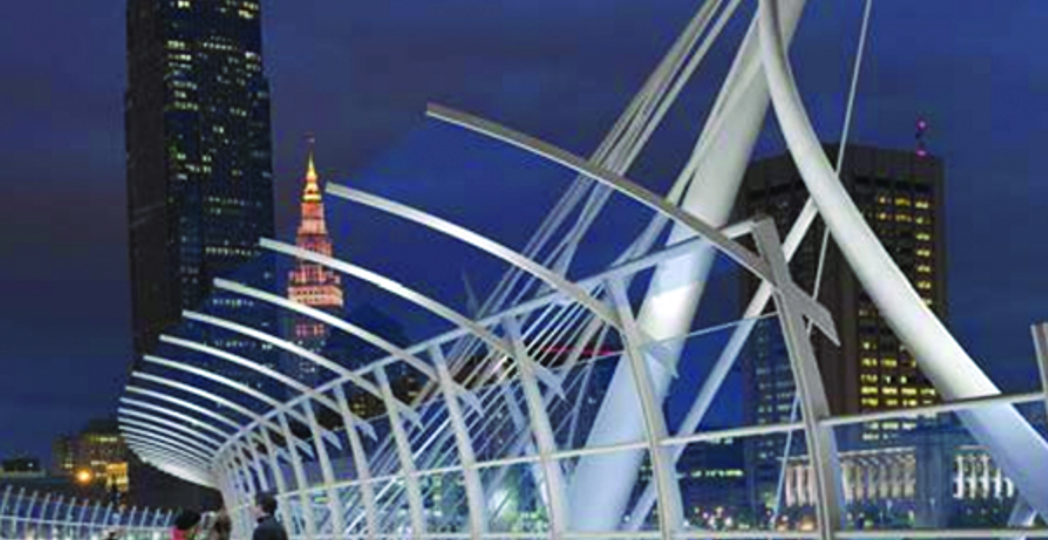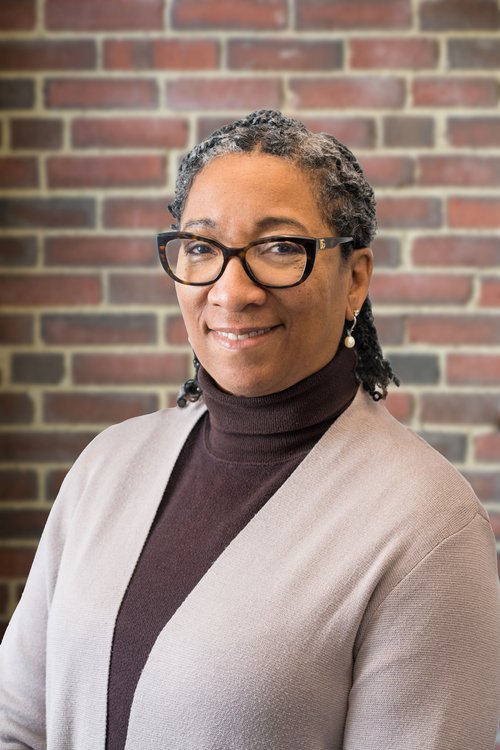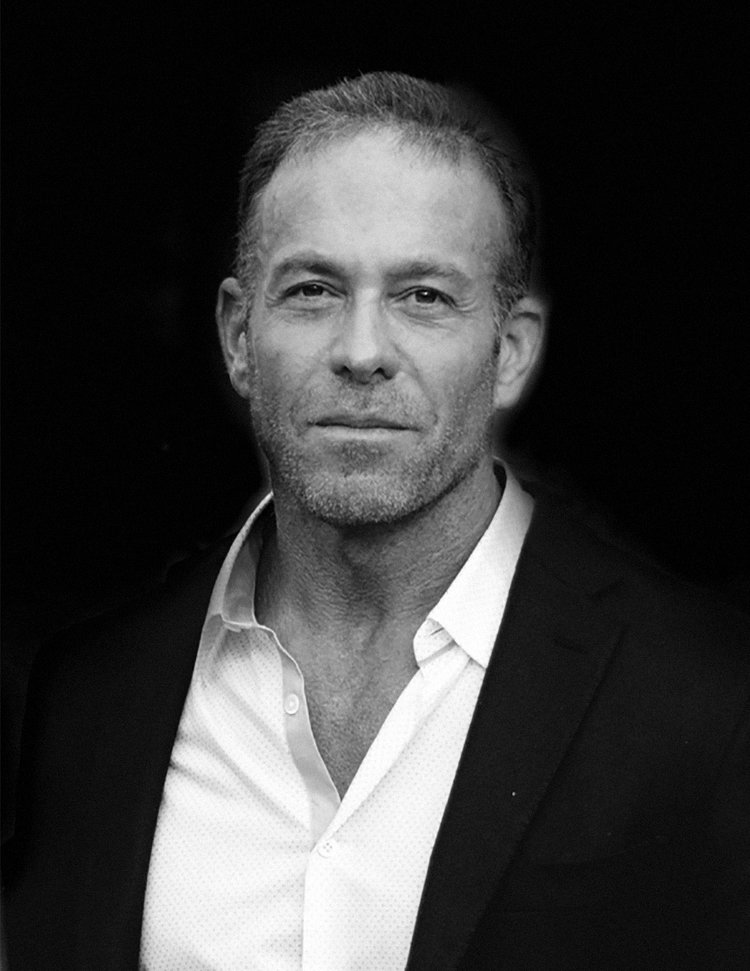Transforming Cleveland's Greatest Physical Asset
by Lee Fisher | Nov. 1, 2019 | 4:00 AM

There is no question our biggest asset is the waterfront along Lake Erie. Unfortunately, Cleveland’s most underutilized physical asset is the same.
Cleveland’s downtown is separated from North Coast Harbor by a 50-foot drop in elevation, the Shoreway and a wasteland of railroad lines and parking lots.
As we accelerate and amplify Cleveland’s continued rise, our strategy must include ways not only to improve our Lake Erie waterfront, but to transform it.
That became even more clear to me when I was asked by New York Governor Andrew Cuomo to serve as a judge for a national prize competition to repurpose or remove the Buffalo Skyway and transform its Lake Erie waterfront.
The Buffalo Skyway Corridor is a four-mile, four-lane elevated expressway and high-level bridge that runs along the city of Buffalo waterfront. While some call for its removal, others stress that it is a key commuting and trucking link. Others contend the structure could be repurposed.
The winning entry calls for removing part of the Skyway, making 12 acres available for development. The part of the Skyway bridge that remains would be transformed into “SkyPark,” providing scenic views and amenities.
Like Buffalo, Cleveland has some excellent opportunities to link and leverage our Lake Erie waterfront.
I favor closing Burke Lakefront Airport that has seen more than a 60 percent decline in flights in recent years and opening up its 450 acres and 3 miles of Lake Erie shoreline for development.
However, in the meantime, there is a better opportunity for transformation. But we need to move soon.
Few people know that there was a plan advocated by the Group Plan Commission — on which I serve — to build a pedestrian and bicycle bridge connecting downtown Cleveland’s malls to the lakefront. The original plan, proposed by Boston architect Miguel Rosales in 2014, was for a bridge with a sweeping curvature that preserved views of the Rock and Roll Hall of Fame and Museum and Great Lakes Science Center. It would have provided a safe crossing pathway from Mall C over the railroad tracks and Shoreway to North Coast Harbor.
The city and Cuyahoga County each pledged $10 million toward the bridge, and the state of Ohio kicked in $5 million. It was supposed to be built in time for the 2016 Republican National Convention in Cleveland, but the city and county delayed the project.
In 2017, an alternative concept was floated by the Green Ribbon Coalition calling for a land bridge — a wide, green landscaped platform to connect the downtown mall to the lakefront. The cost could be as high as $200 million.
Missing from the Rosales design was development of the land between the mall and North Coast Harbor. Lakefront developer Dick Pace is developing restaurant and residential projects on 28 acres around the museums and FirstEnergy Stadium. The Group Plan Commission, city and county are considering a potential redesign of the Rosales bridge that would include a retail/commercial element, parking and green space halfway across the bridge on some property that the city owns.
Economic growth and development is about linking and leveraging a city’s assets of people, places and opportunities.
Right now, there is more than $20 million in the bank to do something transformative. If we don’t do it soon, that money will be redirected to other projects, and we will have lost an opportunity to accelerate Cleveland’s rising trajectory and make the city truly connected to its greatest physical asset.
Lee Fisher is dean of Cleveland-Marshall College of Law at Cleveland State University. He is also senior fellow at the CSU Levin College of Urban Affairs and urban scholar at the College of Urban Planning and Public Affairs and the Great Cities Institute, University of Illinois at Chicago. He is the former Ohio attorney general, lieutenant governor, director of the Ohio Department of Development, chair of the Ohio Third Frontier Commission, president and CEO of the Center for Families and Children, president and CEO of CEOs for Cities, state representative and state senator. During the time he served as Ohio lieutenant governor and director of development, Ohio won the nation’s highest state economic-development award and Site Selection magazine’s Governor’s Cup, three consecutive years.
Trending
-
1
-
2
-
3
-
4
-
5










